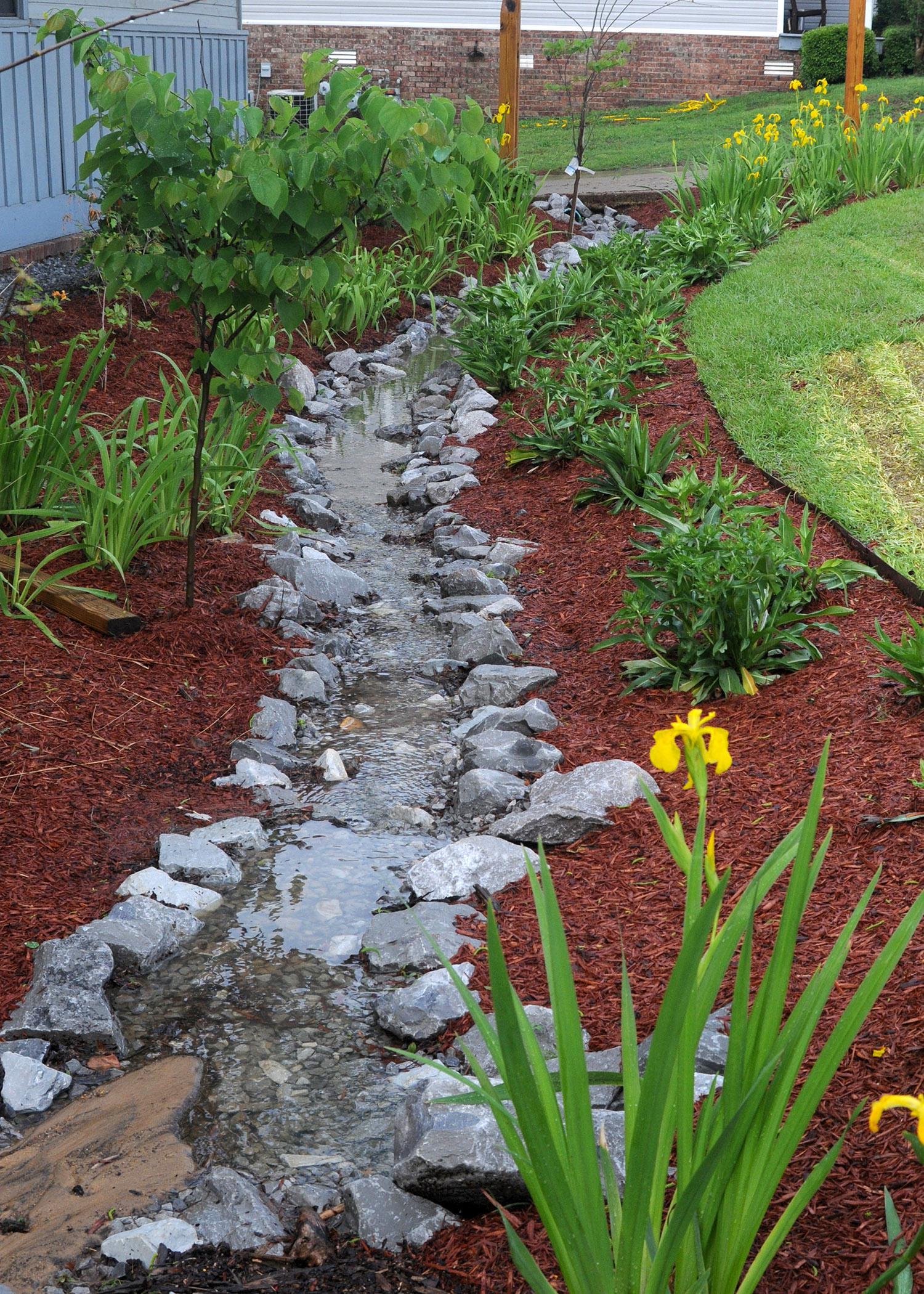Information Possibly Outdated
The information presented on this page was originally released on January 6, 2014. It may not be outdated, but please search our site for more current information. If you plan to quote or reference this information in a publication, please check with the Extension specialist or author before proceeding.
Avoid the seven deadly sins of gardening
By Gary R. Bachman
MSU Horticulturist
Coastal Research & Extension Center
Let’s face it; it doesn’t take much effort for our gardening minds to wander down imaginary garden paths. Alfred Austin summed up the enjoyment we receive from gardening -- “The glory of gardening: hands in the dirt, head in the sun, heart with nature. To nurture a garden is to feed not just the body, but the soul.”
So while you’re kicked back in the warmth of the house, I want to remind you of some gardening sins -- seven to be exact -- to avoid. But don’t panic, as these aren’t real sins and nothing really bad is going to happen if you slip up from time to time.
1. Cabin Fever
Gardeners come down with cabin fever right about the first warm weekend. Garden centers offer over-the-counter remedies of beautiful blooming annuals, as well as tomato and pepper plants. But don’t give in to temptation. Wait until the last frost date, which varies from late March on the coast to late April in north Mississippi. Planting before this date may give you a jump on the neighbors, but you run the risk of having frost send you back to the garden center.
2. Gardening Fever
Closely related to cabin fever is gardening fever, which is brought on by endless garden catalogs and landscape shows on television. By the time spring really arrives, our heads are full of ideas we’ve spent months planning. “Southern Gardening TV” is worth watching, as we do our best to relieve the symptoms of gardening fever but not feed them.
3. Not dialing 411
After five months spent planning the new landscape, you still have some questions. This is not the time to follow that independent streak most humans (to be honest, mostly men) have and try to figure it out yourself. Ask questions. Your neighbors, garden clubs, Extension office, newspapers and Saturday radio shows are great resources. Gardeners like to share their experiences, so ask.
4. Planting and Not Repeating
Consider planting in sequences and then repeating. For the vegetable garden, this means planting cool-season crops like carrots and salad greens in the spring, followed by warm-season tomatoes, peppers and okra in the summer. Finish the year with more cool-season plants like broccoli and cauliflower. Sequence in the flower garden with spring bulbs like tulips, daffodils and crocus, followed by summer annuals and later fall pansies, ornamental cabbage and kale.
5. Remembering
Whatever you do in the garden, write it down. Keep a pad of paper with your garden tools, use a calendar, take notes or photos with your phone, or for the really ambitious gardener, create a garden blog. One method not used nearly enough in home gardens is to simply place plastic tags in the ground by each plant. Old Venetian blind slats work well for this. Just cut them in pieces about 6 inches long and use a permanent marker. But trust me: You won’t remember everything unless you write it down.
6. Fences
Fences are a must for most vegetable and flower gardens. Wherever you live, there are varmints that want to share the garden. If you have a large garden and are willing to share, this might not be a problem. Rabbits and their ilk feed on our most prized – and usually most expensive – plants and enjoy the fruits of our labors. Building fences is the only reliable deterrent to save your salvias, and they can be an attractive element in the garden. A white picket fence is an active garden participant, while a green wire fence seems to dissolve into the foliage.
7. Forgetting this is fun
Our fast-paced lives need to reconnect with the natural world. Tending a garden brings peace and serenity. Although gardening is physical, a garden should not be a job in itself. Patience is rewarded, and you learn the ways of Mother Nature through trial and error. Don’t worry if a plant doesn’t survive. Simply take it as an opportunity to plant and learn about something else.
-30-
Released: Jan. 6, 2014
Contact: Dr. Gary Bachman, (228) 546-1009








